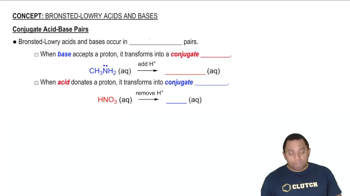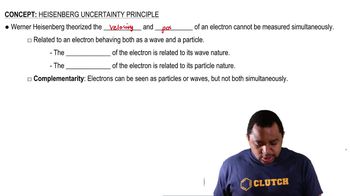Here are the essential concepts you must grasp in order to answer the question correctly.
Base Pairing in DNA
DNA is composed of two strands that run in opposite directions and are held together by base pairs. The bases adenine (A) and thymine (T) pair together, while cytosine (C) pairs with guanine (G). This complementary base pairing is crucial for the structure of DNA and ensures accurate replication and transcription.
Recommended video:
Conjugate Acid-Base Pairs
Antiparallel Structure of DNA
The two strands of DNA are oriented in opposite directions, known as antiparallel orientation. One strand runs from the 5' to 3' direction, while the opposite strand runs from 3' to 5'. This orientation is essential for the proper functioning of enzymes that replicate and transcribe DNA.
Recommended video:
DNA Replication and Complementarity
During DNA replication, each strand serves as a template for creating a complementary strand. The sequence of nucleotides on one strand dictates the sequence on the opposite strand due to the specific pairing rules. Understanding this complementarity is vital for predicting the sequence of the opposite strand based on a given sequence.
Recommended video:
Heisenberg Uncertainty Principle
 Verified step by step guidance
Verified step by step guidance

